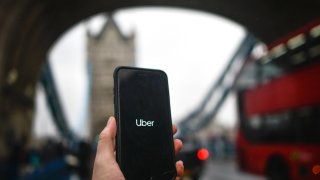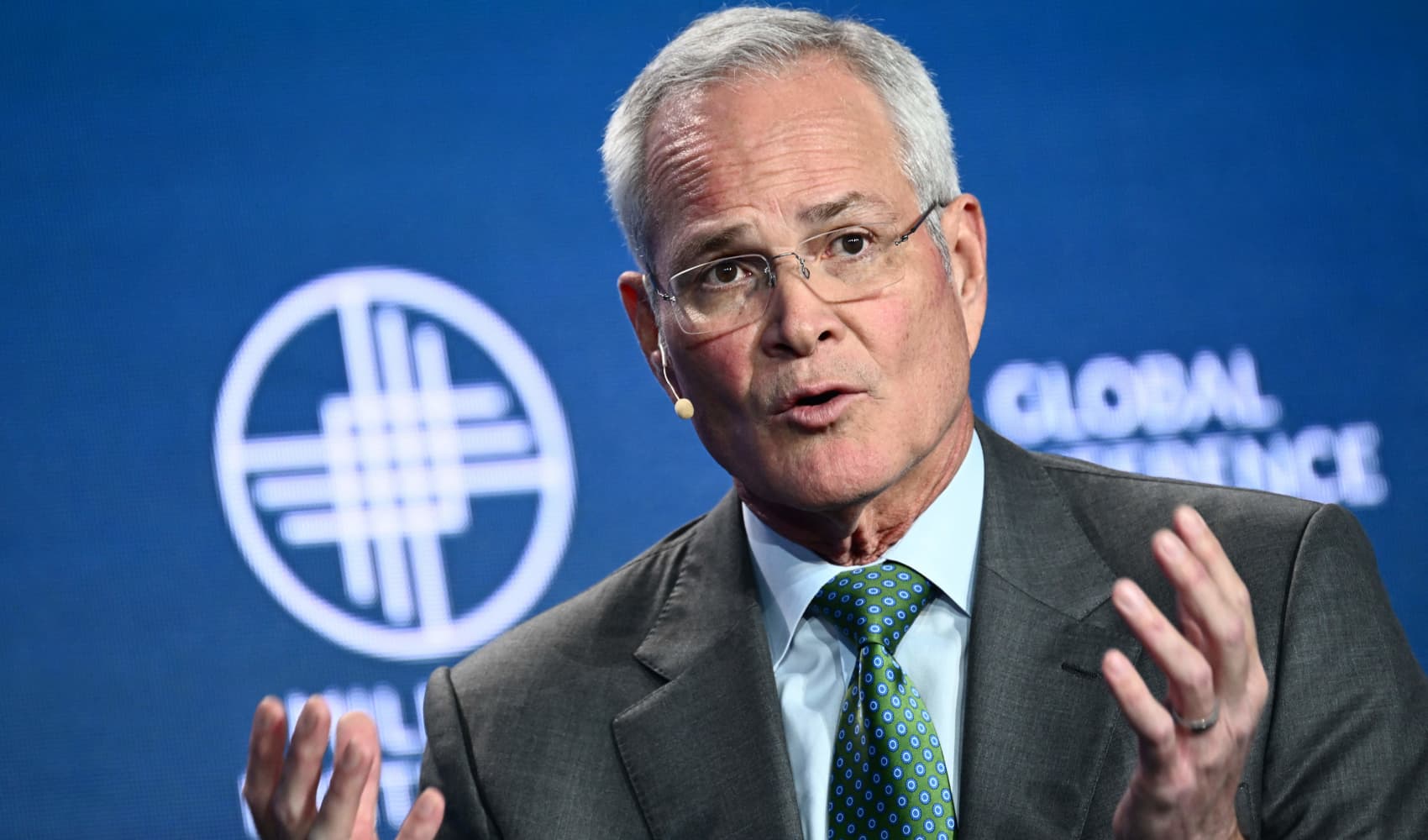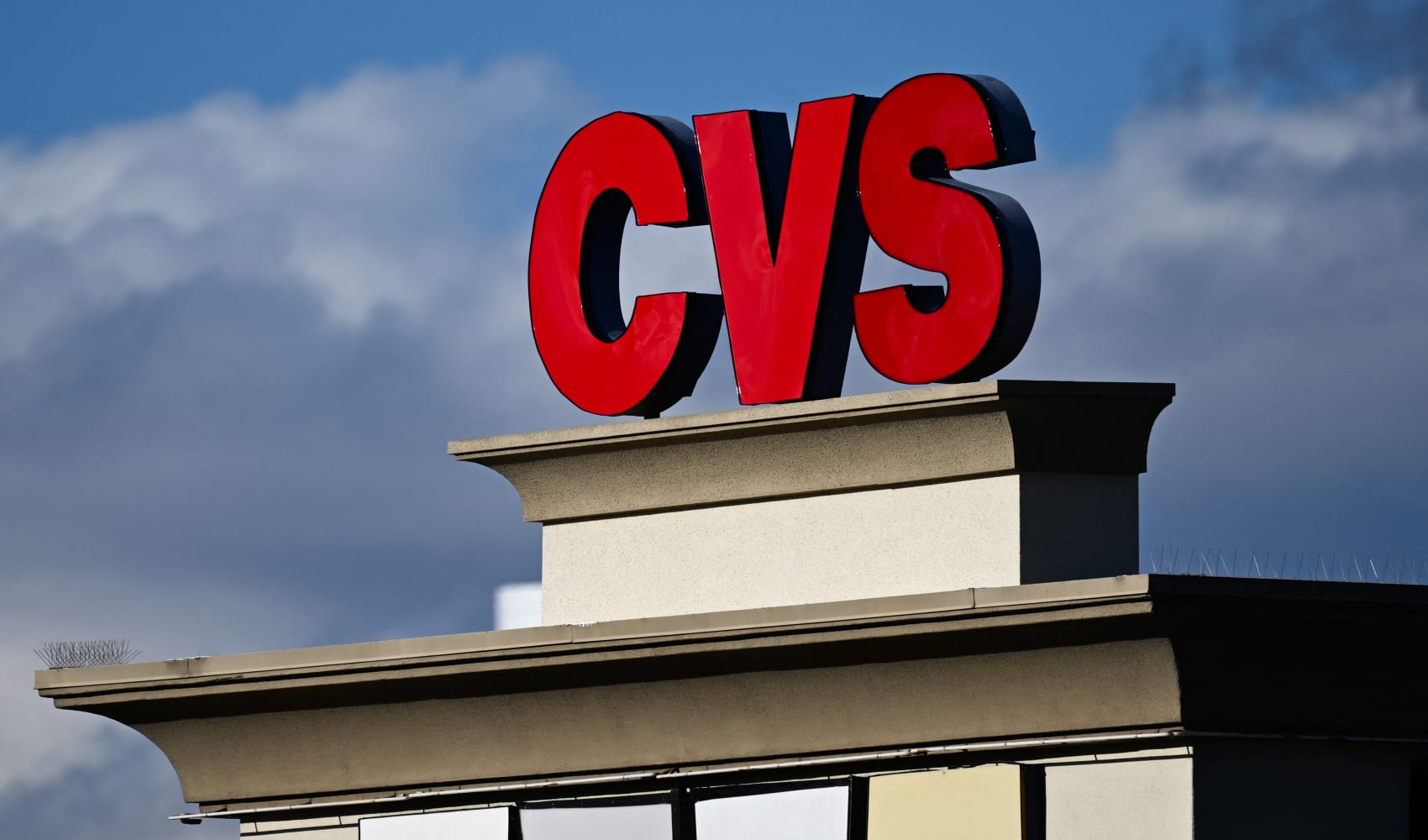
- Multiple customers told CNBC that the apps failed to connect them to a driver in recent weeks, resulting in them being late for meetings or stranded at the end of a night out.
- Others said they've encountered extortionate costs as a result of "surge pricing," which kicks in when the apps are particularly busy.
- The problems tend to occur late evening or at the weekend, according to customers.
LONDON — Hailing a ride on apps like Uber and Bolt is now almost impossible at certain times of the day in parts of the U.K.
Multiple customers told CNBC that the apps failed to connect them to a driver in recent weeks, resulting in them being late for meetings or stranded at the end of a night out.
Others said they've encountered extortionate costs as a result of "surge pricing," which kicks in when the apps are particularly busy. The problems tend to occur late evening or at the weekend, according to customers.
Get Southern California news, weather forecasts and entertainment stories to your inbox. Sign up for NBC LA newsletters.
The issue boils down to supply and demand. In other words, there aren't enough drivers to accept all the journeys being requested. And it has sent prices rising.
Markus Villig, co-founder and CEO of mobility app Bolt, told CNBC's "Squawk Box Europe" last week that prices for customers are "higher than ever."
Villig, whose company is valued at 4 billion euros ($4.7 billion), said post-lockdown demand for ride-hailing had rebounded stronger and faster than the company anticipated.
Money Report
"The supply side in terms of drivers … just haven't been able to catch up yet," he said.
Uber is having the same problem. It told CNBC that demand has increased in the U.K. while Uber's U.K. business returned to pre-pandemic levels in May and that many cities now have demand beyond the pre-pandemic levels. Demand is 22% higher in Birmingham, 30% higher in Sheffield and over 40% higher in Nottingham than before March 2020.
"We are encouraging 20,000 new drivers to sign up in order to meet rider demand as cities get moving again," a spokesperson for Uber's U.K. business said.
Difficulties getting a ride
Robert Collings, head of finance at fintech start-up Flux, told CNBC that Uber and Bolt had let him down in London recently.
"People should be able to hail a ride and be on their way within minutes, but more recently I've been experiencing long wait times and cancellations, to the point where I start looking at alternatives," he said.
He shared a recent example of trying to get an Uber at 1 a.m. on a weekday. Multiple drivers accepted and then canceled the ride, he said, with the quoted price rising from £11 to £28 in the meantime. He then switched to Bolt and faced the similar cancellation issues before a driver eventually turned up.
"I was probably only waiting for about 15-20 minutes between first opening the app and getting in the car, but that feels much longer when you just want to get home and sleep," Collings said.
Elsewhere, London-based Dave Thomson, chief product officer at video conferencing platform Whereby, told CNBC that he and his wife now check Uber, Bolt and FreeNow to increase their chances of finding a ride.
"[We] open all three apps at the same time and see who can get a cab first," he said. "The level of admin involved in leaving the house is growing."
The issues aren't confined to the U.K., with customers in cities like Lisbon, Paris, Warsaw and Melbourne also complaining.
Drivers move into food delivery
The longer waits come as many drivers stopped working for apps like Uber and Bolt during the pandemic, with some moving on to new jobs where they qualify for employee benefits such as sick pay and holiday pay but less flexibility.
"There's a big shortage of drivers right now," ride-hailing expert Harry Campbell told CNBC, highlighting that the decline in ride-hailing early in the pandemic coincided with a huge rise in demand for food-delivery services.
Drivers realized that they could also use their cars to transport food instead of people.
"Many ride-hail drivers have switched over to delivery during the pandemic and have found that pay is comparable, and they don't have to deal with people," Campbell said.
After all, a pepperoni pizza or a chicken korma won't berate a driver for accidentally taking a wrong turn, nor will it vomit all over the car.
Better pay?
Uber and Bolt are now on a mission to get more drivers back on their platforms.
In April, Uber said it would spend $250 million on a one-time stimulus aimed at getting drivers back on the road.
"What we did was, early on we identified our need to bring on more drivers onto the platform," Uber CEO Dara Khosrowshahi told CNBC on Tuesday. "So, in the second quarter, we really leaned into supply, especially in the United States, to reinvigorate our driver base and grow our driver base in the U.S. We're seeing that now, the benefits of that early investment, in Q3."
"I do think what we'll see is pricing is going to ease up as we go into the back half of the year, and volume will especially accelerate," he added.
Sam Raciti, Bolt's regional manager for Western Europe, told CNBC: "Bolt, like others, would like to register more drivers."
Looking ahead, Tassos Noulas, a data scientist who looks at mobility in cities, told CNBC that the ride-hailing industry is "definitely at a shaping point."
"I would assume that various players will compete for labor resources, and at least the drivers should be getting paid better," Noulas said. "But what does this mean for the economic viability of ride-hailing businesses? They were always a big risk. … The taxi driver might win the game in the end."






